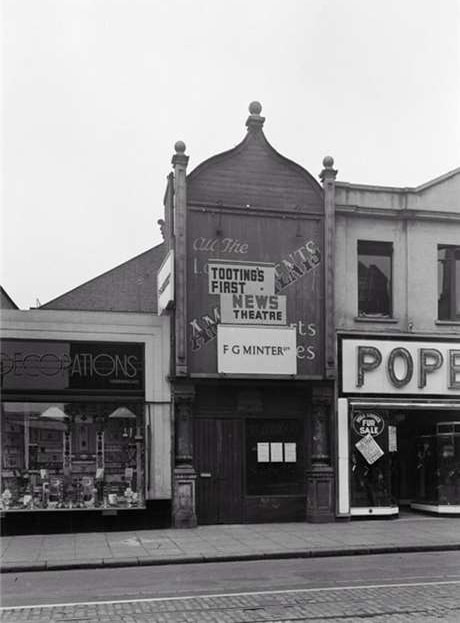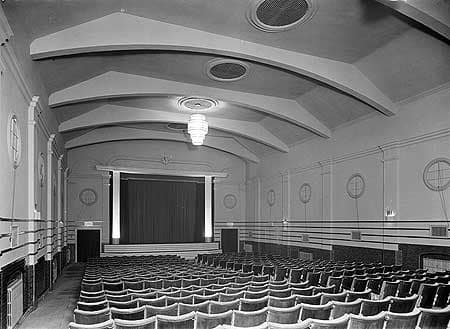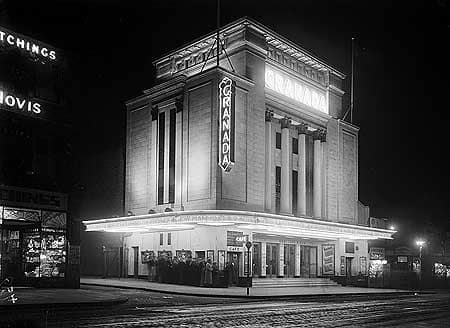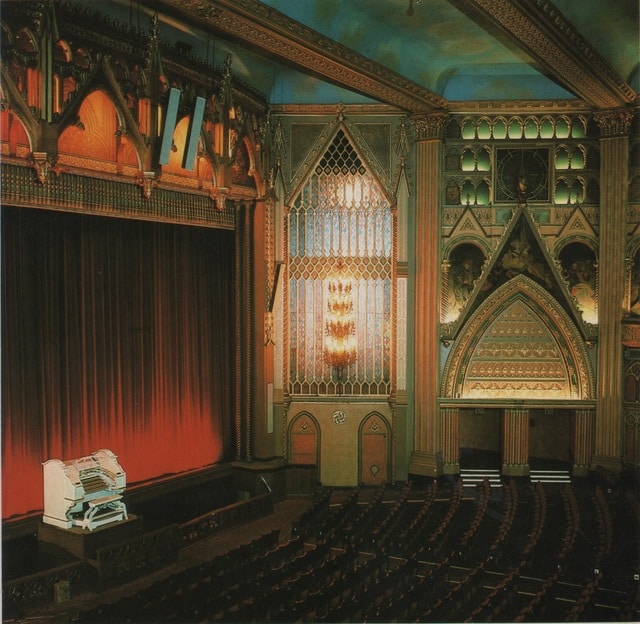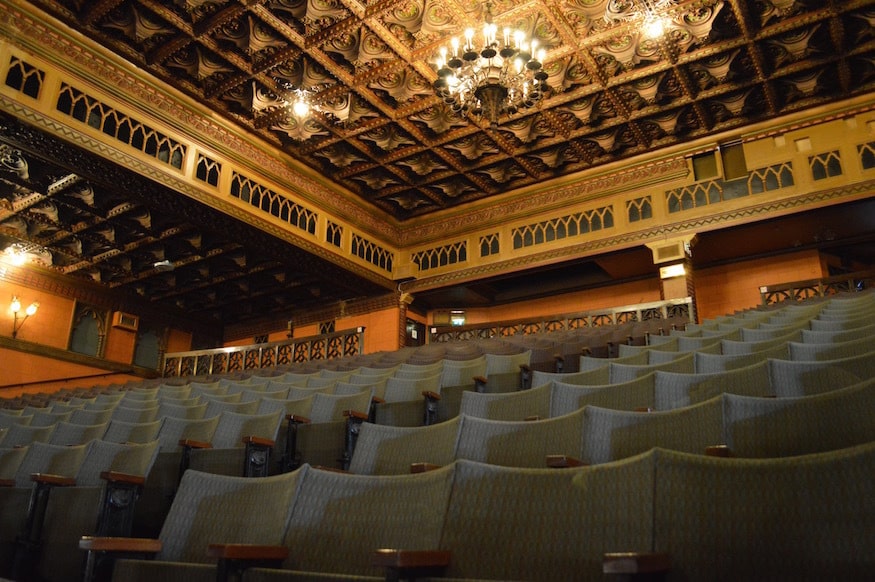When Bollywood came to Balham
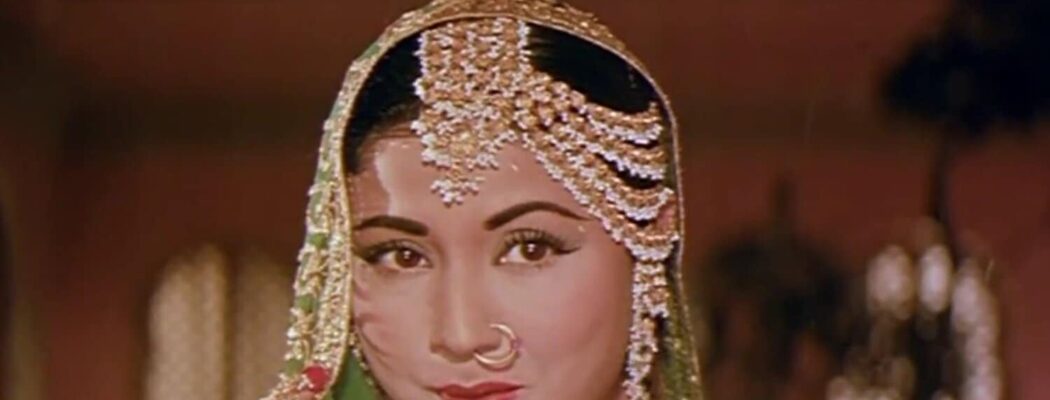
To mark the launch of this year’s UK Asian Film Festival, we look back at how the South Asian film industry revitalised many of the borough’s cinemas in the 1970s and early 1980s.
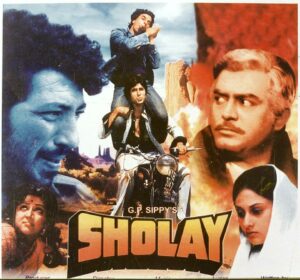
The 1950s is widely considered to be the ‘Golden Age of Bollywood’, but right up until the late 1960s ‘Bombay movies’ were mostly screened privately in Britain through a network of film evenings, clubs and societies within Indian communities. Towards the end of the 1960s, however, Bollywood films began to be programmed at chain cinemas in areas with large South Asian diaspora communities, including the Tooting and Balham areas.
Change was afoot. Cinemas that were struggling to operate in the 1970s were given a new lease of life by the epic theatricality of Bollywood, becoming cultural hubs for the growing South Asian communities who otherwise had few to no British cultural outlets that catered to them.
With no TV programme to call their own bar the odd hour on the BBC, which would be well outside of primetime, cinema was the great unifier for the South Asian community. Regardless of your birthplace or past, you had Bollywood in common. Providing much-needed entertainment and cultural connection – and even selling samosas alongside popcorn – Bollywood sang and danced life back into British cinemas.
Explaining the huge popularity of the film genre, sociologist Meeta Rani Jha writes:
‘Bombay cinema in the everyday lives of the South Asian community is not just consumption, but a cultural practice… Though most Bollywood films are in Hindi, they have broad appeal across wide ethnic, religious, linguistic and cultural divides within the South Asian Diaspora. This is because of a broadly shared cultural heritage and because of the privileging of songs and dance visuals, cultural references, romance, fantasy, and spectacle… This can be a space where codes and symbols of cultural life can be reconfigured and debates on morality, aesthetics and economics can be voiced… Bombay cinematic discourse becomes an imaginary public space where collective lived experiences and meanings are created.’
Meeta Rani Jha, ‘The Emotional Politics of Bombay Cinema and the British Asian Imaginary’ (2005), p.9–11
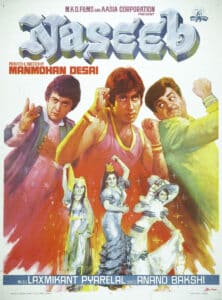
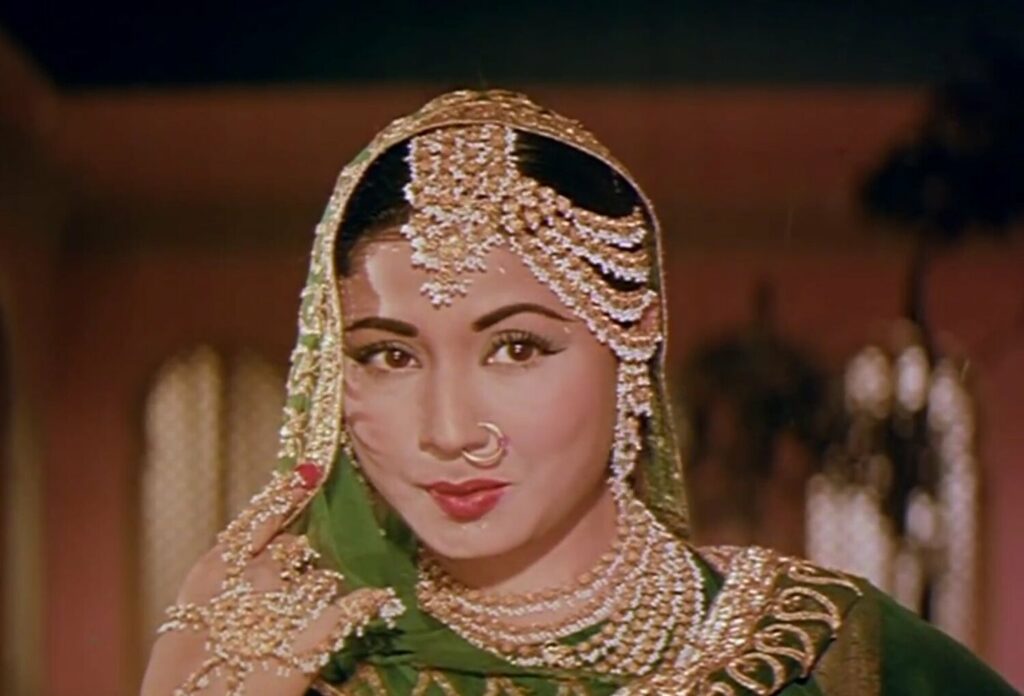
By the 1980s, the VHS rental market had taken hold for both Western and Asian movies alike. Bollywood, just as it had been in the 1950s, became the entertainment event in the home: VHS could create an ‘afternoon show’ of golden oldies at home with a hostess – a kind of home entertainment with a difference. Across Tooting, the names of many grocery shops and newsagents such as Famous Video are testament to that once-booming trade.
By the end of the 1980s the British market for Bollywood felt a new boom. The film Qayamat Se Qayamat Tak (1988) has been credited as the spark, with its traditional, melodic songs being more popular than the electronic-based soundtracks of earlier 1980s films. Sadly, at the same time, many of the repurposed cinemas were hit hard, with many closing for good.
We look back at some of the former local cinemas that hosted all the action, romances and melodramas of Bollywood across Wandsworth.
Vogue Cinema
Located in Tooting, The Electroscope Theatre first opened on 24 March 1910. After an Art Deco style remodelling by architect Alistair MacDonald in 1936 as the Cinenews, it was later named Vogue Cinema in 1946. After a brief stint as a bingo club between 1974 and 76, it re-opened as a cinema screening Bollywood films until the building was demolished in 1981.
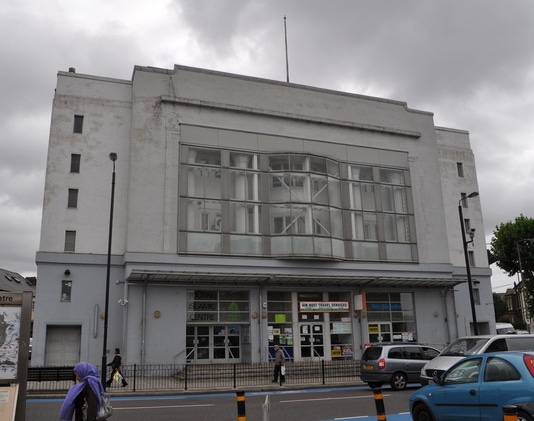
Mayfair cinema
The Mayfair Cinema opened on Upper Tooting Road in 1932. Designed by architect Harold Seymour Scott, this was an example of another suburban movie palace, opening just five months after the magnificent Granada Theatre close by. Built for cine-variety, the proscenium was 46 feet wide, the stage 20 feet deep and there were nine dressing rooms, a cafe and dance hall.
After being re-named ABC and closing for alteration, including converting the rear stall into a pub, the cinema re-opened in 1971, but at a reduced size, making use of the circle only. It was taken over by an Asian independent operator, who reinstated the original Mayfair name. It finally closed in 1979. Today the building is home to Balham Masjid & Tooting Islamic Centre.
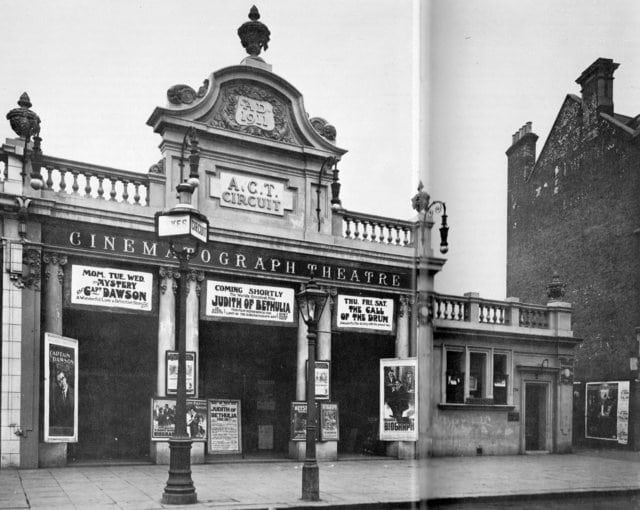
Ritz cinema
The Balham Cinematograph Theatre opened at 172–174 Balham High Road in 1911. In 1953, the frontage of the 1259 seater cinema was remodelled in a modern style and renamed the Ritz Cinema. It closed in 1968. The building was converted into a bingo club, but demand for Bollywood films meant that cinema use resumed for a while. Bingo and Asian film screenings ended in the mid-1980s and the building was demolished in 1985.
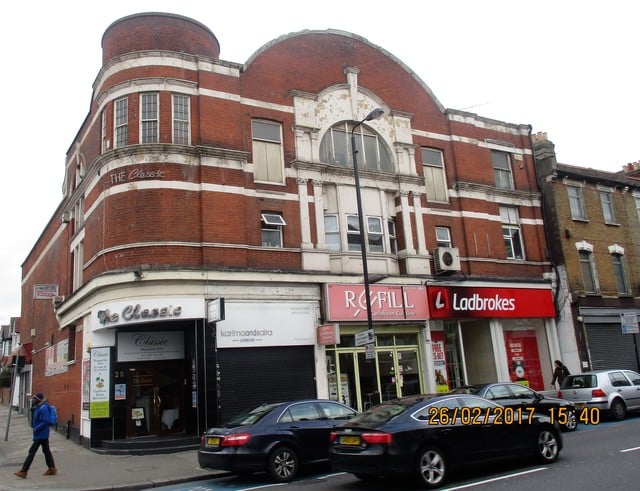
The Classic Cinema, Tooting
Located close to Tooting Bec station, The Central Hall Picture Palace opened in 1910. The entrance was originally topped by an open dome. In 1936 it was re-named Classic Cinema. They carried out an extensive refurbishment and the facade was given a new neon display, particularly striking at night.
The Classic Cinema closed its doors in 1983, but in its last years it had been used for screening Bollywood films on Sunday mornings and afternoons. The building became the Classic Nightclub in 1987, and today is a restaurant.
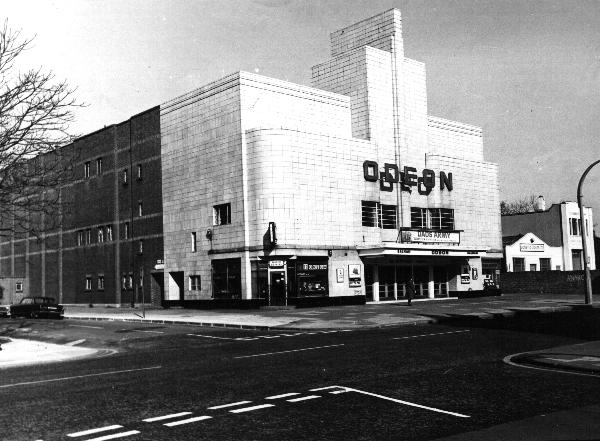
As the original Odeon 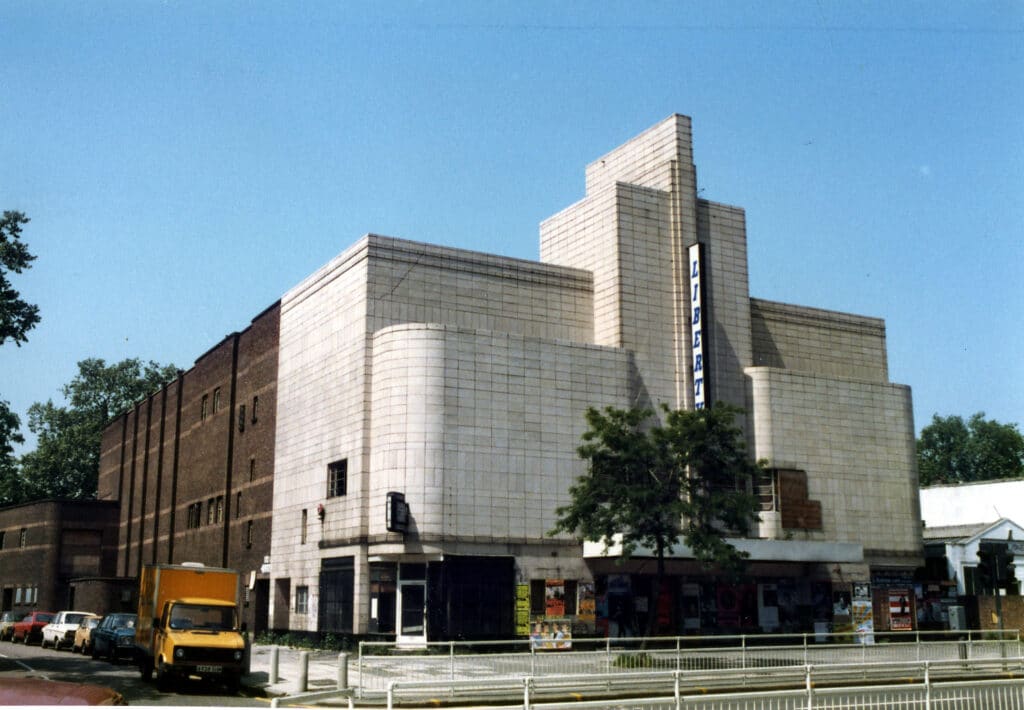
As The Liberty in the 1970s
The Liberty Cinema, Balham
Designed by George Coles, the Odeon, Balham, opened in April 1938. The height of modernity, the art deco cinema boasted the latest developments in projection, sound and air conditioning. Visitors would meet in a large foyer before ascending the grand staircase that led to a first floor cafe flooded with natural light. On their way up patrons would pass pink mirrors designed to soften and flatter their features.
The Odeon was the largest cinema in this part of London and could seat 1,822 patrons. Its location on Balham Hill meant that the illuminated sign was visible from some distance. The Odeon survived damage from a German bomb in 1941 and reopened after a few weeks following completion of temporary repairs. However it was not able to survive a downturn in attendances during the 1970s and closed in 1972.
Balham’s large Asian population came to its rescue, helping the cinema re-open as the Liberty Cinema in 1974. This was one of the more successful Asian cinema operations, though ultimately closed as a result of the availability of Bollywood films on home video. Latterly operating at weekends only, the Liberty Cinema closed its doors in 1980. The auditorium was demolished in 1985, and the Majestic Wine Warehouse took over the front and foyer of the cinema.
Granada Tooting
The Granada’s opening night – 7 September 1931 – was so oversubscribed that more than 2,000 people were turned away due to the lack of room. In the pre-war period the Tooting Granada could easily fill three full houses a day.
Designed by Russian emigré theatre-director, Theodore Komisarjevsky, The Tooting Granada is considered by many to have been the most beautiful picture-house in the country.
Its exterior shell was designed in a Moderne manner and within, Komisarjevsky provided an utterly resplendent Venetian-inspired environment, with baronial hall and minstrels’ gallery in the foyer, a hall of mirrors in the circle lobby, and a 3,104-seat auditorium with a coffered roof, Gothic tracery decoration and a cusped proscenium arch.
It became a music venue as well as a cinema. The Beatles, The Rolling Stones and Frank Sinatra all took to its stage. An Indian company, who used it for Sunday repertory screenings, briefly kept it in business, before the popularity of home video rental led to its closure in 1973. In 1976 its doors were reopened for bingo. It has maintained this role ever since, and was given Grade I listed status in 2000.
The UK Asian Film Festival programme runs between 26 May – 6 June 2021, with its theme this year as ‘Ray of Hope’. See the full programme of screenings and talks here.


